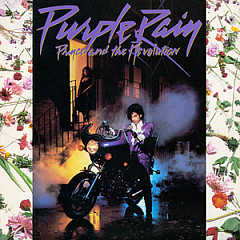
Prince kept doves at his Paisley Park mansion. And yes, sometimes they did cry.
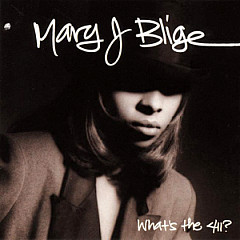
Prince Markie Dee of The Fat Boys co-wrote the Mary J. Blige hit "Real Love."
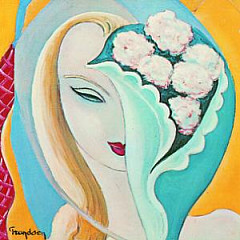
Eric Clapton wrote "Layla" about his love for Pattie Harrison, who was married to George Harrison at the time. He eventually married Pattie, and managed to stay friends with George.
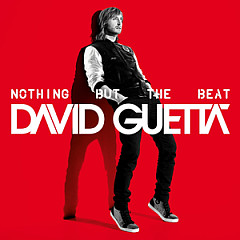
Sia Furler wrote “Titanium” and originally wanted to give the tune to Katy Perry. She turned it down so David Guetta recorded it instead using Sia's original demo guide vocal.
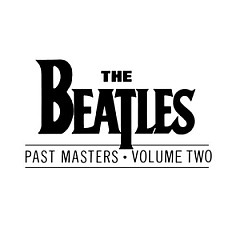
Paul McCartney wrote "Hey Jude" to comfort John Lennon's 5-year-old son Julian, whose parents were getting a divorce.
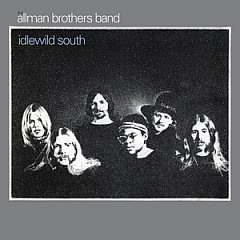
A roadie for the Allman Brothers came up with the line "The road goes on forever" for "Midnight Rider," and got a songwriting credit for his contribution.
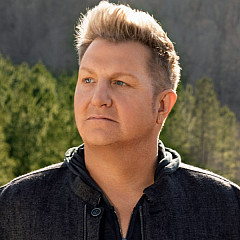
On "Life Is A Highway," his burgeoning solo career, and the Rascal Flatts song he most connects with.

The 2011 Artist of the Year at the Dove Awards isn't your typical gospel diva, and she thinks that's a good thing.
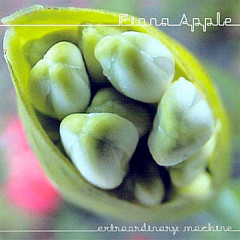
Fiona's highly-anticipated third album almost didn't make it. Here's how it finally came together after two years and a leak.
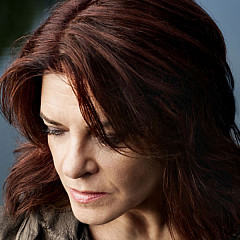
Rosanne talks about the journey that inspired her songs on her album The River & the Thread, including a stop at the Tallahatchie Bridge.

Test your metal - Priest, Maiden, and Beavis and Butt-head show up in this one.
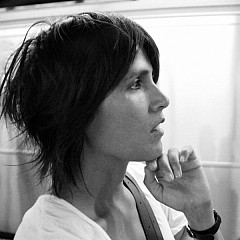
When she released her first album in 1988, Tanita became a UK singing sensation at age 19. She talks about her darkly sensual voice and quirky songwriting style.